African Fine Coffee beans the Heart of Africa the flavor and taste of coffee beans in Burundi
Professional coffee knowledge exchange More coffee bean information Please pay attention to coffee workshop (Weixin Official Accounts cafe_style)
Burundi coffee brings to mind its distinct acidity and fruity aroma. When it comes to acid, bright coffee has to be mentioned in Ethiopia and Kenya in Africa. Compared with Burundi coffee in the front street and the two producing areas, the acid of Burundi coffee is not as fresh and thorough as Ethiopia producing area, nor is it as strong and thick as Kenya. The acid of Burundi coffee is just in between.
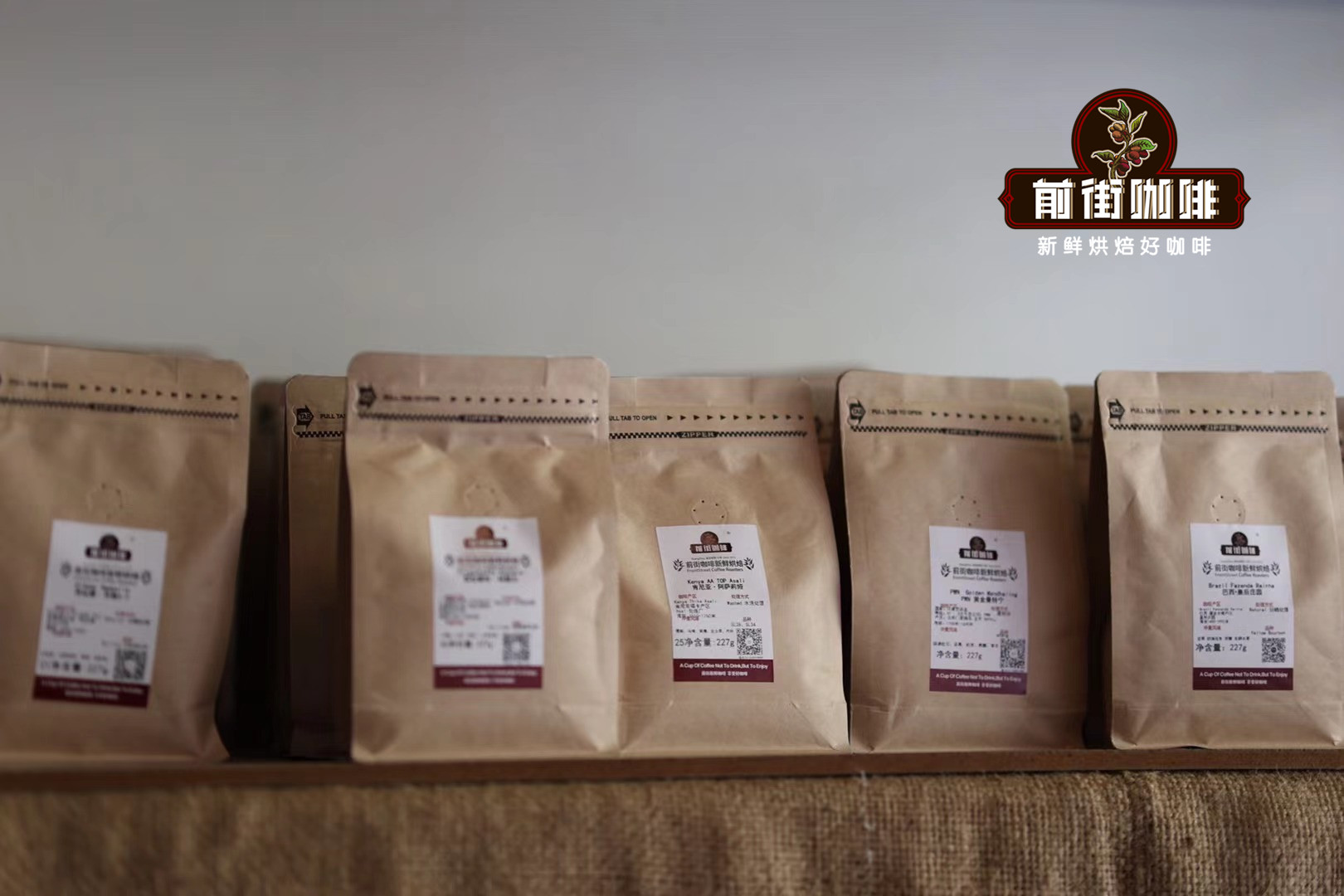
Burundi
Burundi is a member of the East African Community (EAC) and the Great Lakes Region (GLA). It was originally named Ulundi. It is located in the interior of Central Africa. It has a small territory and beautiful rolling hills. It is the crossroads of Central Africa and East Africa. It is also the watershed between the great Nile River and the Congo River. It has always been known as the "Heart of Africa". The capital Busumbra is located on the banks of the magnificent Lake Tanganyika. This lake is also the natural border between Pu and Congo and Tanzania. Burundi has high terrain. Altitude varies greatly, with the lowest point being 700 meters and the highest point being 2670 meters.
Africa Burundi Since 1993, due to the civil war, lack of funds, planting technology and other factors, the international market for Burundi coffee has always been the impression of "inexpensive, average quality" African coffee beans. In addition, compared with other African coffee-producing countries, Burundi has no export ports, expensive inland transportation costs, lack of transparency in origin consultation and complicated export procedures, which deter Burundi from entering the fine coffee market.
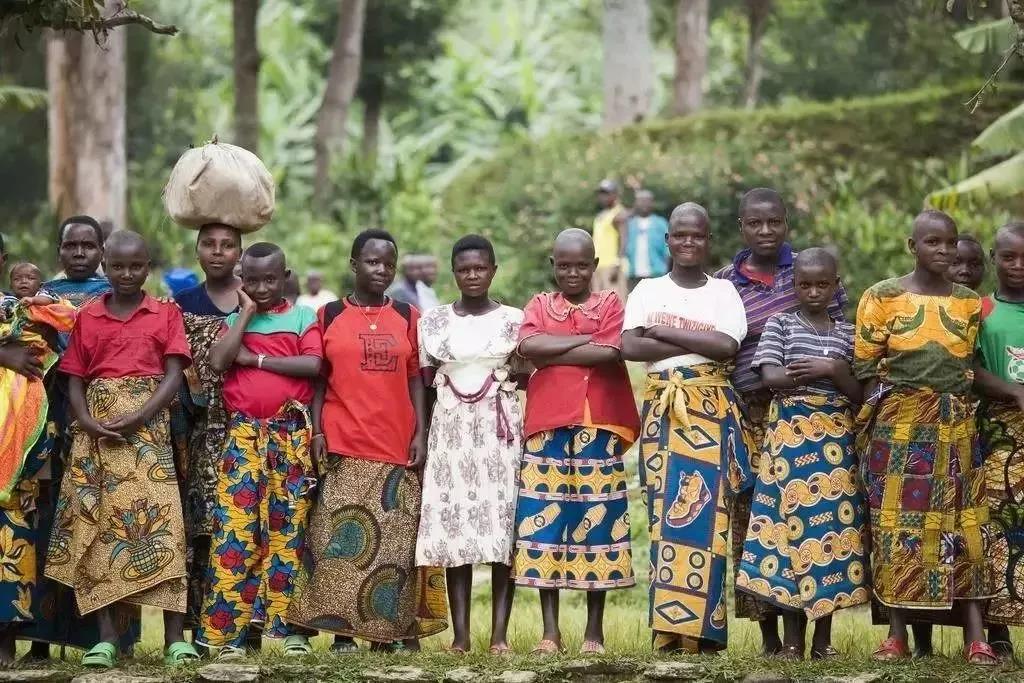
The Burundi coffee industry had a real turning point when the Burundi government allowed private coffee washing plants to be set up in 2007. Private plants, advised by international customers, quickly understood that higher quality was the only way to get higher prices and were willing to learn and improve their operating procedures. In 2011, the Coffee Excellence Organization held a standard coffee evaluation in Burundi, which attracted more international attention. Local farmers found that coffee can bring cash and improve the quality of life. They accepted the guidance of experts and the government. Under the World Bank's funding program, the Burundi government set up 175 washing plants in coffee producing areas nationwide. The SOJES investment unit is the supervision unit. This Cup of Excellence not only changed the fate of coffee farmers, but also allowed Burundi coffee to enter the fine coffee industry.
Burundi coffee-producing region
I. Buyenzi
This production area is located in the high mountain area near Uganda border in the north, which is the essence production area of Burundi coffee. The most famous production areas are Kayansa and Ngoji. The altitude of both places is between 1700 meters and 2000 meters. The main rainy season begins in March and April, and the dry season begins in July after harvest. The average annual temperature is 18~19℃. The low temperature at night lasts until early morning, which is the main reason for the bean fragrance and compact bean body density.
2. Kirundo & Bugesera
The odd leap is equivalent to being close to the Ugandan border. Coffee production in these two regions is relatively low, about 1400~1700 meters above sea level. Coffee has gradually moved closer to producing fine batches due to the influence of Kayansa region, and there are washing fields that have achieved good results in the finals of the Cup of Excellence competition.
III. Muyinga & Bweru
These two regions are located in the east and northeast, at an altitude of about 1800 meters. Muinga is closer to the Tanzanian border, but its flavor is slightly different from Kayansa, which is rich in variation due to its milder climate and brighter acid.
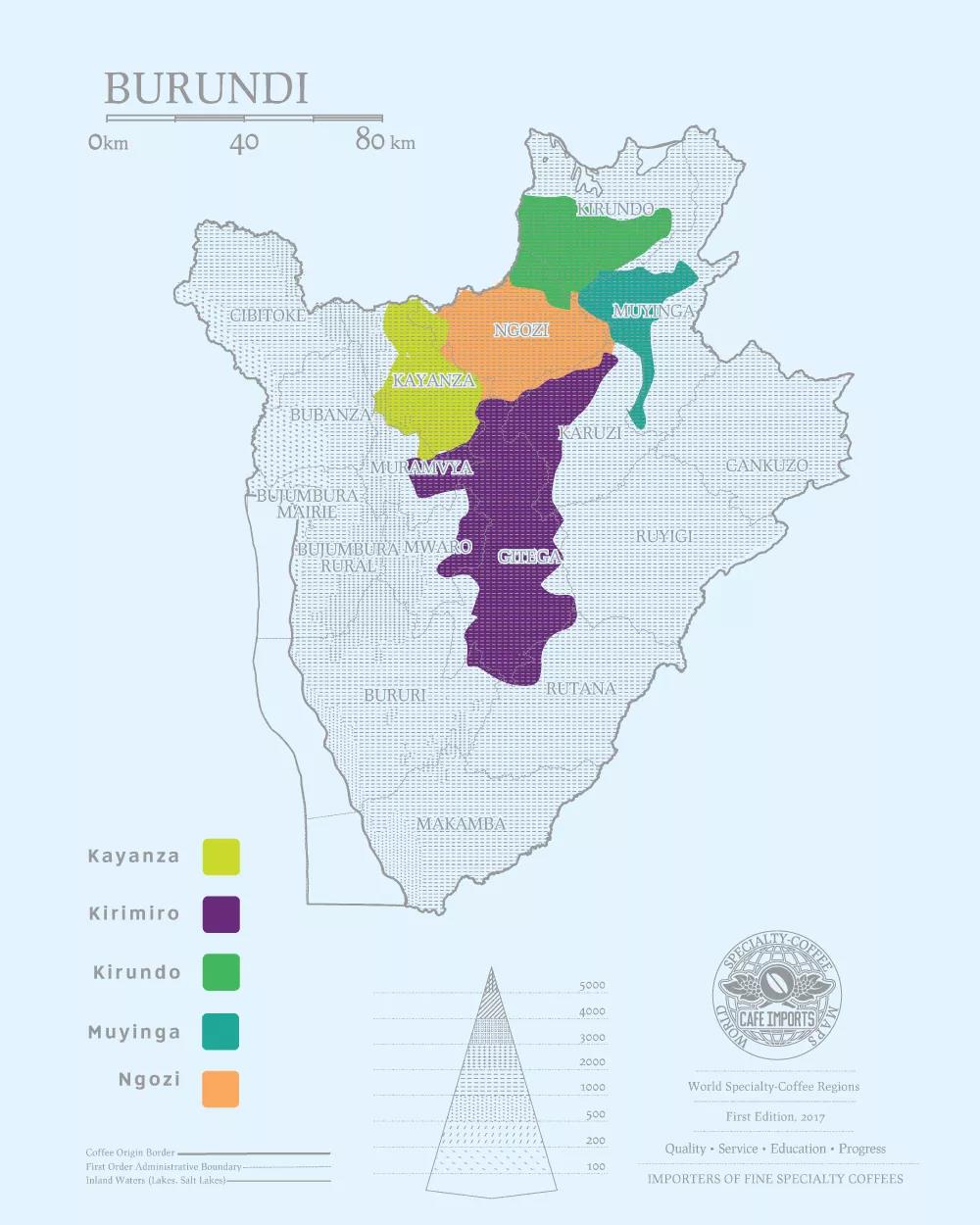
4. Gitega & Kirimiro
It is located in the middle of the country with high altitude mountain area, the annual average temperature is also low, about 12~18℃, and the annual rainfall is low, only about 1100mm, which also causes low yield.
V. Bubanza & Mumirwa
These two areas are located on the border between Uganda and the Republic of Congo, with an altitude of 1100 meters to 2000 meters. The annual rainfall is only 1100 kilometers. The average annual temperature at the lower altitude is about 20℃, which affects the quality of coffee. At the higher altitude, there is an opportunity to produce fine coffee, but the distribution and insufficient rainfall affect the yield of this area.
Front Street Coffee Burundi coffee beans from Reuters
The town of Reuters is a cooperative organized by family-like small coffee farmers. There are 539 small coffee farmers, 148 of whom are women. On average, each family grows 10 to 200 coffee trees (at least 1000 coffee trees can be planted on an area of one hectare). It shows that its annual income is small and it is also a typical poor coffee farmer family.
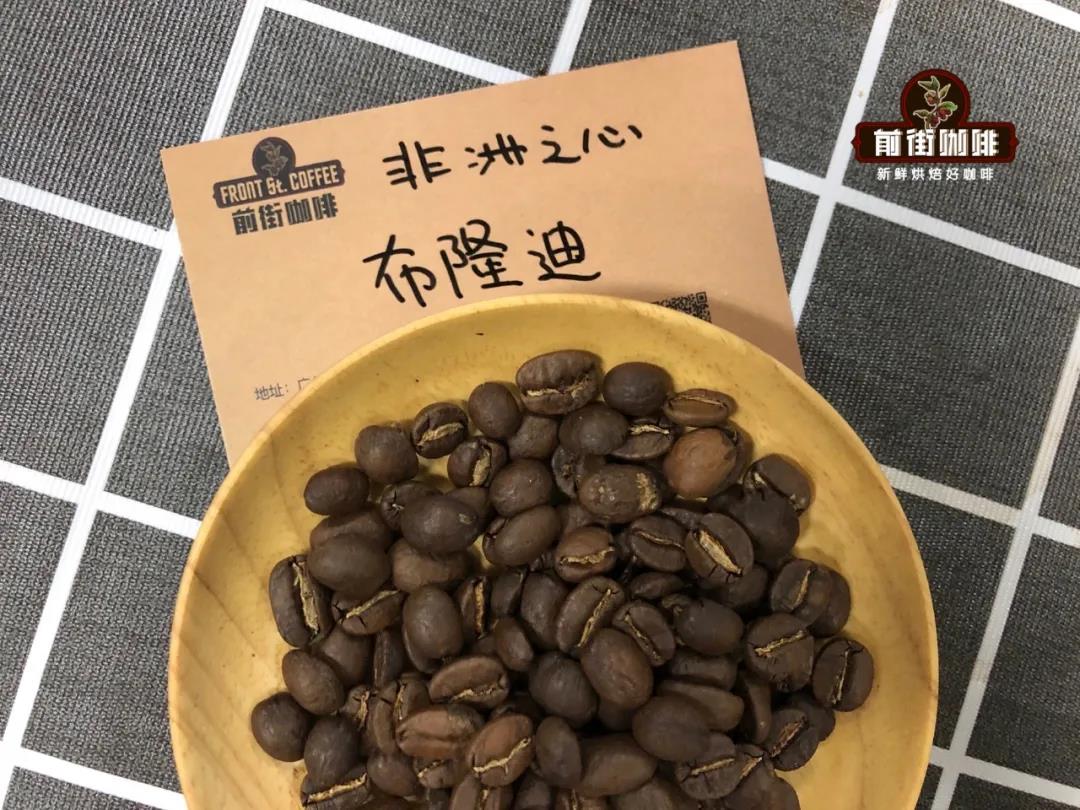
Front Street Coffee Heart of Africa Burundi
Origin: Reuters
Altitude: 1400 m to 1700 m
Breed: Bourbon
Treatment method: washing treatment
coffee varieties
Bourbon coffee was originally grown on the island of Reunion, which was also known as le Bourbon until 1789. Bourbon, a mutant of Typica, is one of the oldest surviving coffee varieties, with green fruits that appear bright red when ripe. Red Bourbon After flowering and fruiting, the color of coffee fruit changes from green> to yellow> to orange> to ripe red> to ripe dark red. Bourbon species grown at high altitudes usually have a better aroma and a brighter acidity, and even taste like red wine.
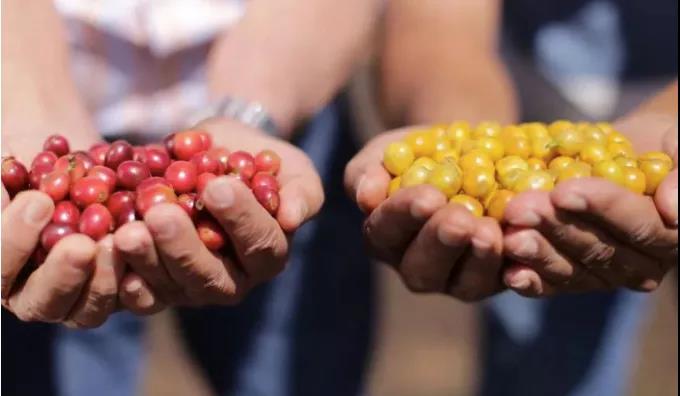
coffee bean washing process
Coffee farmers first pick good coffee berries into a large tank, incomplete development of inferior beans will float to the surface, mature and full fruit will sink to the bottom, at this time floating in the surface of the defective beans (fruits) will be removed. Then a pulp sifter removes the epicarp and pulp of the coffee fruit, which is still attached to a layer of slippery pectin. Coffee beans with pectin are placed in a fermentation tank for 16 to 36 hours, during which time microorganisms break down the pectin. After fermentation, remove pectin residue from coffee beans with plenty of water. Finally, dry the coffee beans. Washing treatment method has both acidity and acidity, alcohol degree and shade, sweet and spicy fragrance.
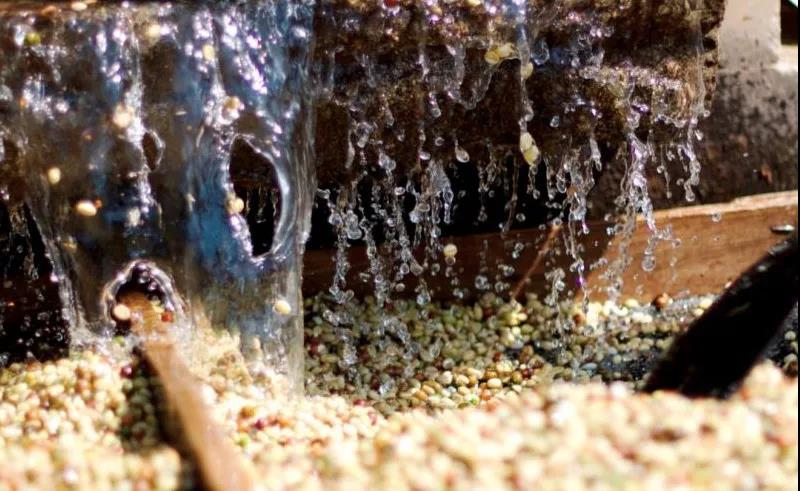
Front Street Baking Advice
Front Street Red is almost flawless when Burundi coffee beans are obtained. The size and moisture content are quite average. The high altitude growth environment makes Burundi coffee beans produce brighter acid and lemon flavor, while having passion fruit, pineapple, floral and honey flavors.
Therefore, the front street baker decided to adopt a light baking method, which can fully express the fruity flavor and sweetness of Burundi. Burundi coffee beans have a high density, so the fire adjustment should be especially careful. After 1 minute, the initial fire will be relatively large, and the fire will be adjusted early until the early stage of dehydration, so that the taste and aroma of coffee become uniform.
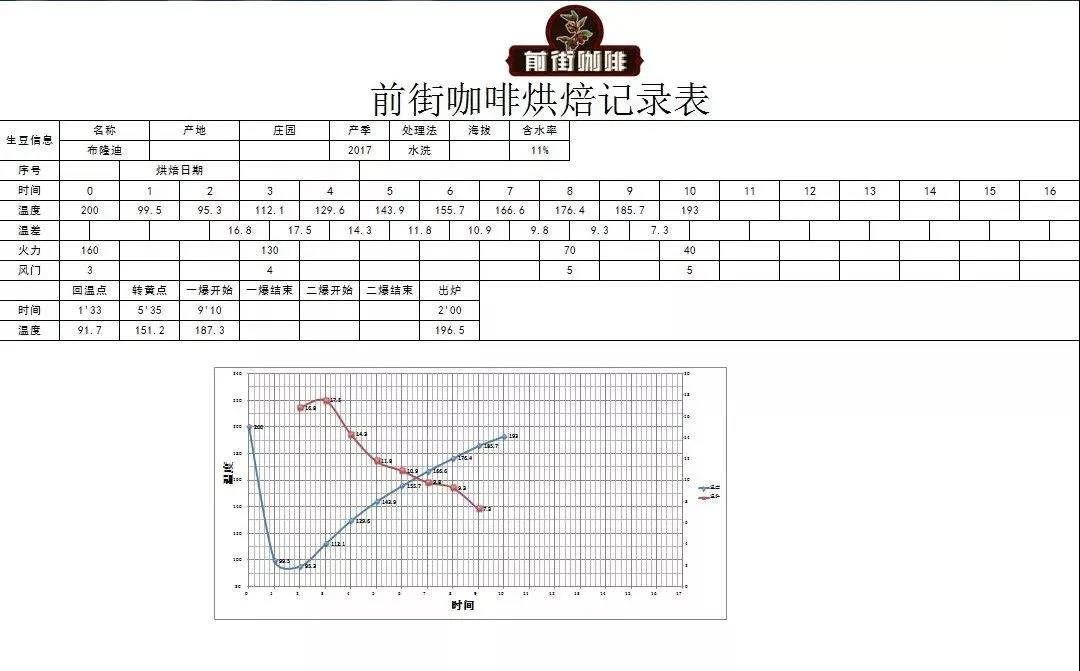
Front Street Cup Test Report
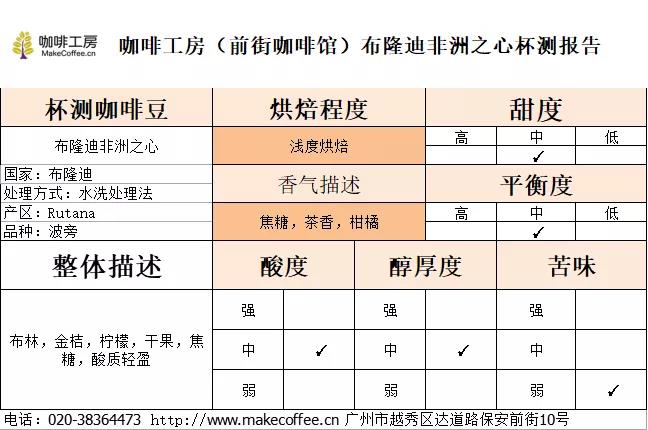
Front Street Brewing Parameters
Front Street Coffee should remind you that when you get freshly roasted coffee beans, don't brew them for the time being, and then brew them for three or four days. At this time, the flavor of coffee will really come out.
Water temperature: 90-91 degrees
Grinding degree: BG #6m (fine granulated sugar size/No. 20 sieve bowl sieve powder to 80%)
Powder water ratio: 1:15
Powder: 15g
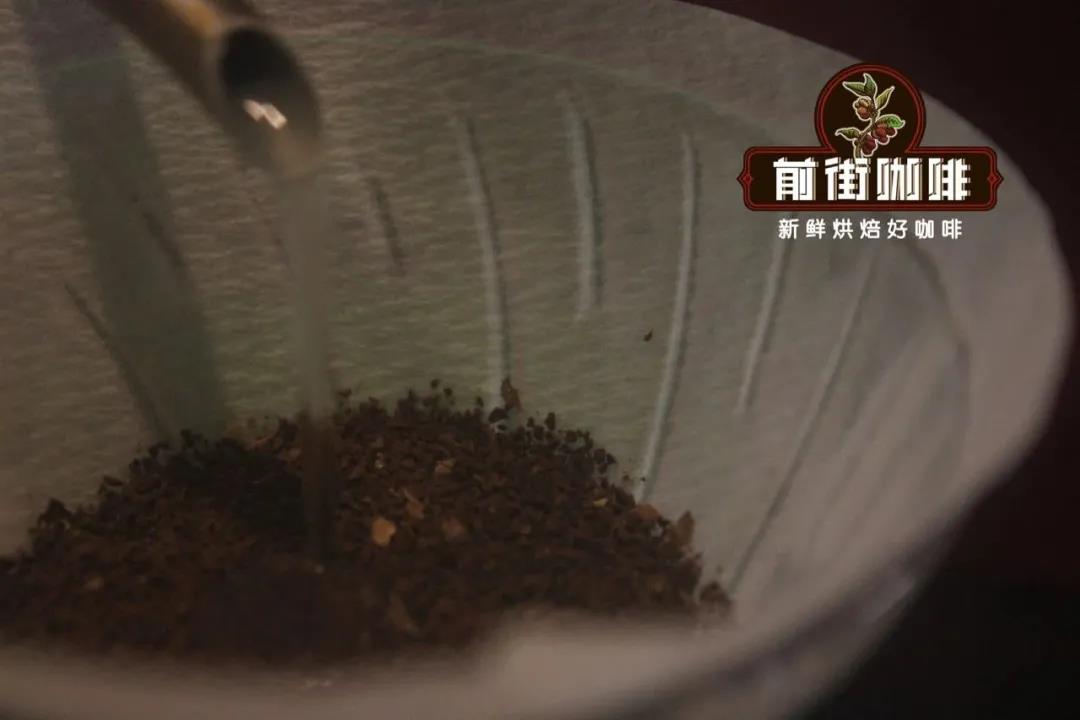
Brewing method Qianjie coffee adopts segmented extraction, that is, three-stage water injection, 30 grams of water steams for 30 seconds, the second small water flow circles the water to 125 grams of water, wait for the water to drop and then slowly inject water, the speed is uniform, the water level should not be too high, re-inject water to 225 grams to stop, extraction time 2 minutes (including steaming time).
Brewed Flavor: Smells of mandarin orange and tea, black berry and mandarin orange on the palate, rich in taste, nutty caramel sweetness in the middle and back. The taste is wild, the mouth remains a strong taste and aroma, rich and lasting aftertaste.
More fine coffee beans, please add private WeChat Qianjie Coffee, WeChat: kaixinguoguo0925
Important Notice :
前街咖啡 FrontStreet Coffee has moved to new addredd:
FrontStreet Coffee Address: 315,Donghua East Road,GuangZhou
Tel:020 38364473
- Prev
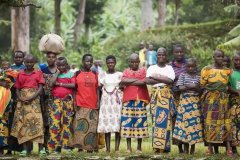
Peruvian coffee what are organic coffee beans? The difference between organic coffee beans and ordinary coffee beans
Professional coffee knowledge exchange more coffee bean information Please follow the coffee workshop (Wechat official account cafe_style) mentioned Burundian coffee, reminiscent of its distinct acidity and fruity aroma. When it comes to sour coffee, we have to mention coffee from Ethiopia and Kenya in Africa. In the front street, Burundian coffee is compared with two producing areas, Burundian coffee.
- Next
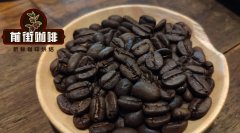
What does 100% Arabica mean? Why is the boutique coffee not labeled 100% Arabica?
If you are not familiar with the terms used on the packaging, choosing coffee can be troublesome. You will see a common label claiming that coffee is 100% Arabica coffee. But what does it mean? To explain this, you first need to understand the main differences between the two main coffee varieties: Arabica coffee and Robusta coffee. I work with experts in the supply chain
Related
- Beginners will see the "Coffee pull flower" guide!
- What is the difference between ice blog purified milk and ordinary milk coffee?
- Why is the Philippines the largest producer of crops in Liberia?
- For coffee extraction, should the fine powder be retained?
- How does extracted espresso fill pressed powder? How much strength does it take to press the powder?
- How to make jasmine cold extract coffee? Is the jasmine + latte good?
- Will this little toy really make the coffee taste better? How does Lily Drip affect coffee extraction?
- Will the action of slapping the filter cup also affect coffee extraction?
- What's the difference between powder-to-water ratio and powder-to-liquid ratio?
- What is the Ethiopian local species? What does it have to do with Heirloom native species?

